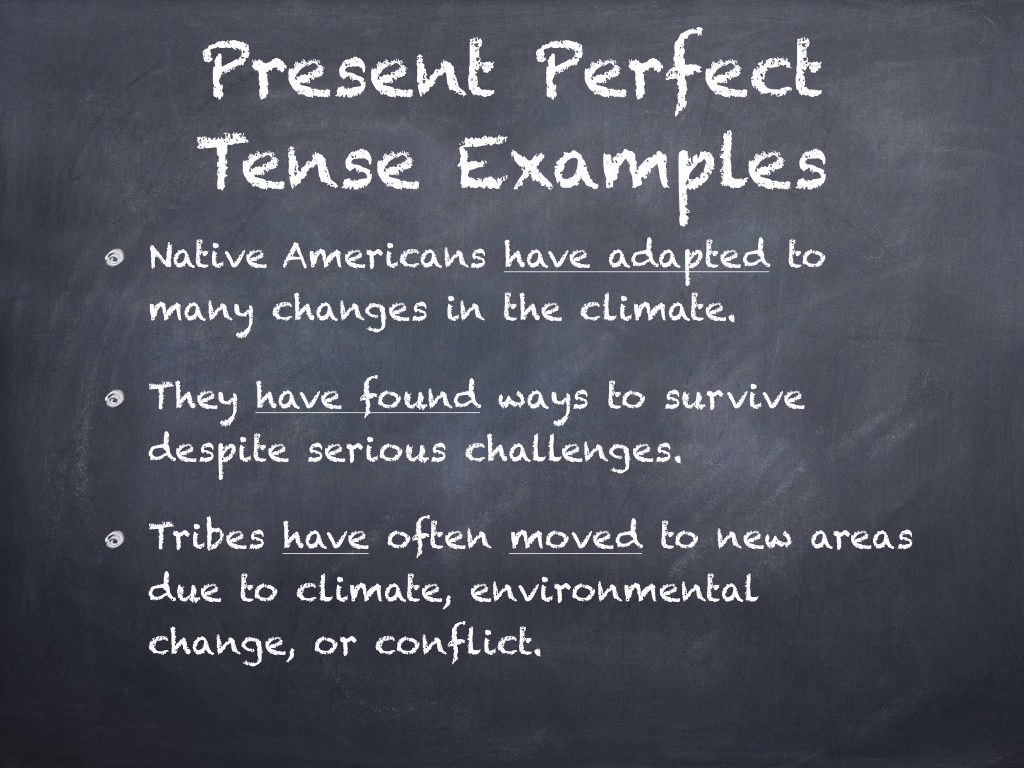Welcome to Episode 83 of Ramping Up your English. Learn how to form and use the Present Perfect tense of verbs to describe actions that started in the past and continue into the present, or repeated actions, events, and situations. You’ll also learn more about the Clovis Culture, once believed to have been the oldest human culture in North America.

Viewing Episode 83
All episodes of Ramping Up your English can be seen on Archive.org. Each web page has a link to the episode associated with that page. This episode is no different. Simply click here to watch Episode 83 on Archive.org in its entirety. This view is ad-free and the episode can be downloaded and used according to the Creative Commons license – cc BY-SA-NC 3.0.
Viewing Episode 83 in Segments
If you want to watch only the first segment of Episode 83, click here.
Segment 2 features Professor Roberto Valdez presenting about the Clovis culture. To see his lecture – the essence of Segment 2 – click here.
Language Objectives
This episode is all about relating past events, actions, and situations that continue into the present. For this language function, we use the Present Perfect tense of verbs. Despite the name of this verb tense, it functions perfectly for actions, events, and situations that began occuring in the past.
Relate past events, actions and situations that continue into the present, using the Present Perfect verb tense.
Use Present Perfect verbs to relate actions, events, and situations that occur repeatedly.
Academic Content Objectives
Social Studies: Define basic terms in the study of Native Americans. Describe the characteristics of the Clovis People that identify this early culture. Describe the mega fauna that once supported early American groups, like the Clovis Culture.
Archeology: Describe the physical discoveries near Clovis, New Mexico that gave rise to the naming of the Clovis Culture. Explain how these objects informed researchers about the lives of these early Americans. Name some archeological evidence that challenges the theory that the Clovis people were the first humans to inhabit North and South America.
Science: Ecology: Describe the prevailing ecology of today’s New Mexico area at the time of the Clovis Culture. Explain how changes in climate and the environment led to the “disappearance” of the Clovis Culture.
Videos used in this Episode
Only one video appeared in this episode. It’s the lesson from Roberto Valdez about the Clovis Culture. Click here to watch his entire lecture.
Linked Videos
Here are some videos on You Tube that address early Americans.
This video documents a find of chert Clovis Points discovered in Wyoming. Click here to view the short video.
Another interesting video explores a mastodon rib with a projectile point embedded in it. The point is made of the bone of another mastodon, and dates back 13,800 years ago – over 1000 years before the Clovis Point. Click here to see the video.
The timeline of Native American arrival keeps getting pushed back by scientific discovery. Click here for a video about evidence of human presence in North America at least 15 thousand years ago.
Speaking of American Indians in Oregon, click here for access to an academic report about pre-historic people in Western Oregon.
Learning Materials
We can learn a great deal about early Americans in this episode: however, our main focus is on understanding and sharing information about the past, using the Present Perfect verb tense. Below are the materials we used in teaching how to use this verb tense to relate events, actions, and situations in the past that continue into the present to which occur repeatedly.










List of Past Participles.
In one previous episode, we listed Past Participles to be used when relating past events in relation to other past events – the Past Perfect tense. Click here to go to the Episode 81 page that lists those participles. They are near the end of the page.
Next Episode
The Folsum Culture produced hunting tools drastically different from the Clovis people. Learn about the Folsom Culture and verb modifiers called adverbs in Episode 84. Click here to visit the Episode 84 page.